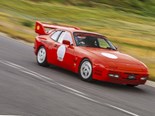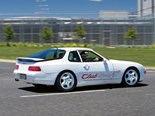1982-1995 Porsche 944/968 - Buyer's Guide
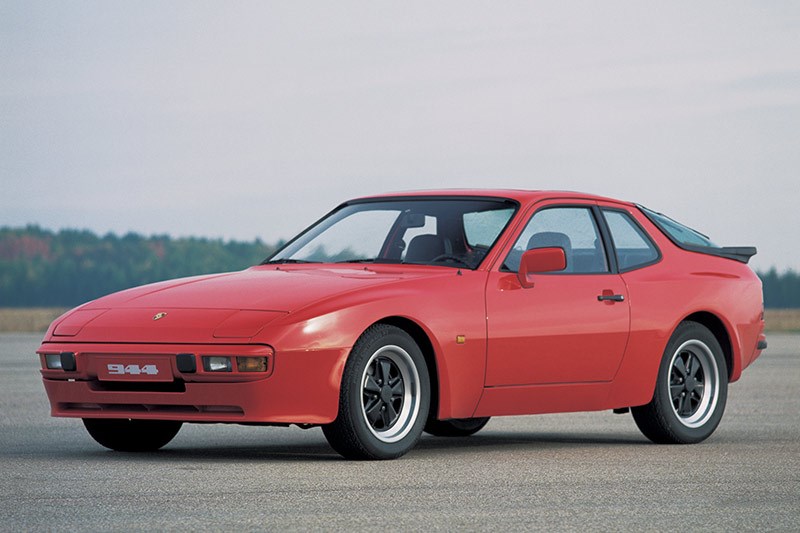


|
A Porsche with the engine in the front and weight distribution near 50/50
1982-1995 Porsche 944/968
The idea of a front-engined Porsche has failed to excite most people with an obsession for the brand. Of the various attempts made during the past 50 years to replace the 911 with a more conventional design, the 944 came closest to matching the rear-engined car's ability to promote driver involvement.
Following on from the compromised 924, the 2.5-litre 944 arrived in 1982 and brought not only added performance but a noticeable improvement to chassis balance. Weight distribution was very nearly 50/50, due in part to Porsche’s use of a rear-mounted transaxle, the wheels were wider and tyres more attuned to performance driving. Brakes from the outset were all-disc, with ABS available from 1987.
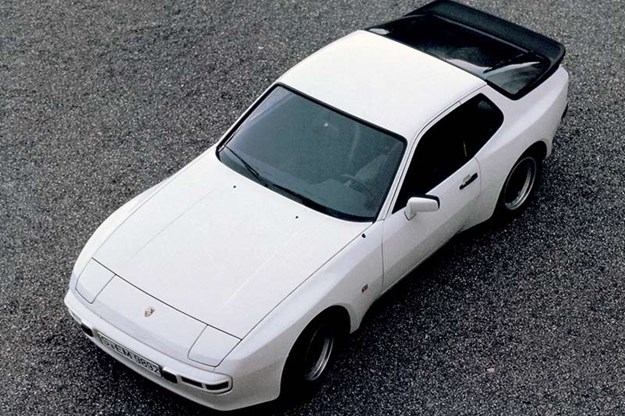
These Porsches were still intended as entry level cars and built to a price ($33,290 at Australian launch) so frills were at a minimum. Early cars came with plain trim and self-winding windows but did have air-conditioning. By 1985 the glass was electrically opened, there was a sunroof, power steering and optional leather seat trim.
| Read next: Porsche 944 Turbo John Bowe drive
Performance with 120kW on tap was sufficient to deal with the V6-engined Alfa GTV and out-run the Series IV Mazda RX7. When it appeared in 1986 the updated RX7 took many of its styling cues from the Porsche and cost considerably less.
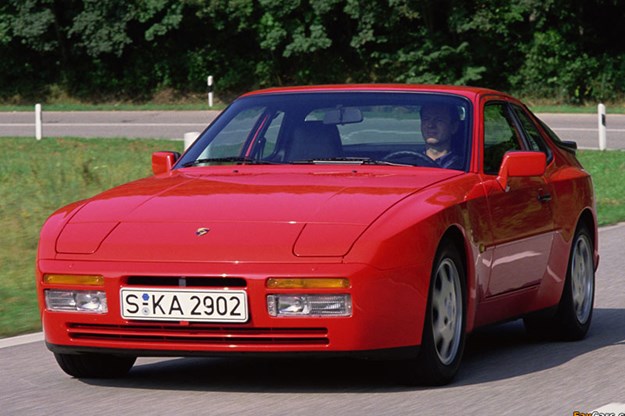
Early in 1986 and coinciding with availability of Premium (95 Octane) Unleaded fuel, Australia saw its first shipment of turbo-engined 944s. At $115,000 the cost was around double the price of a basic 944 but the 944T took driver satisfaction to levels only previously achieved in front-engined Porsche form by the 924 Carrera.
| Read next: Porsche 968 Club Sport review
Anyone familiar with early turbocharged cars – including Porsche’s own 911 – would have been stunned by the 944T’s power delivery. Peak torque arrived at 4000rpm but there was still noticeable urge from around 2500.
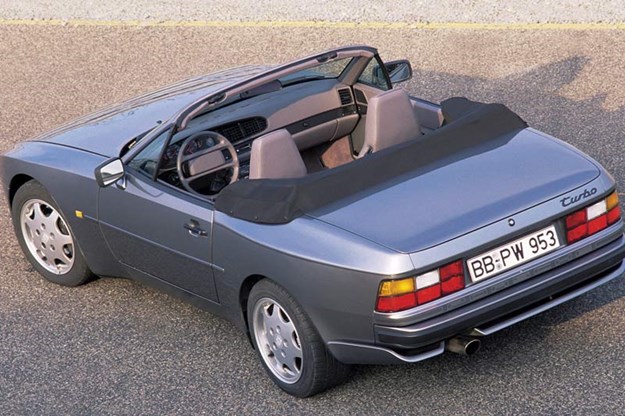
For 1987 the non-turbo 944 received a make-over as well. Renamed the 944S it came with a minor restyle, 2.7-litre engine, bigger wheels, more equipment and a price surge to almost $100,000. At that point some buyers did question whether the 944 still offered value or whether digging $35K deeper to fund a 3.2-litre 911 Carrera was more sensible That choice was made tougher in 1989 when a 155kW 944 S2 model was announced, accompanied by an elegant Cabriolet.
| Read next: Porsche 968CS John Bowe drive

The S2’s 3.0-litre four-cylinder engine was tweaked to produce 155kW (slightly more than the 3.2-litre flat-six) and performance figures showed that it finally could outgun a 911 without the assistance of a turbocharger.
In Cabrio form the S2 was heavier and not quite a match for the fixed roof S2 or 911 but performance was not pivotal to its appeal. Top down, parked or in motion, the Cabrio even today elicits the kind of drooling envy normally reserved for vastly more exotic models.
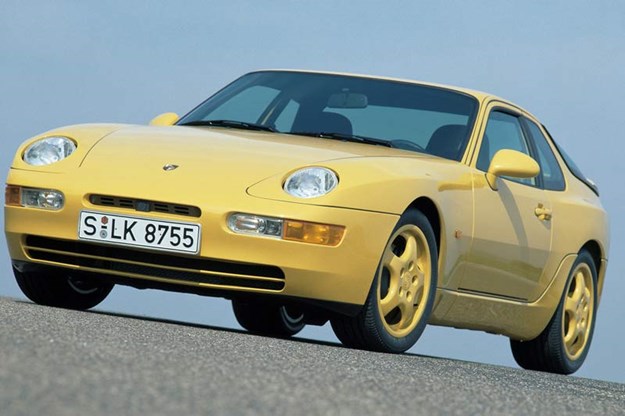
MARKET REVIEW
Finding a 944 isn't easy but they do survive in reasonable numbers, maybe owners aren’t keen to sell. Prices are increasing, especially for later S2s, Turbos and the scarce Cabrio. It's possible to pay $50,000 or more for a high-quality car.
2019 VALUE RANGE: Porsche 944/968
Fair: $16,000
Good: $32,000
Excellent: $45,000 (944 S2)
(Note: concours cars will demand more)
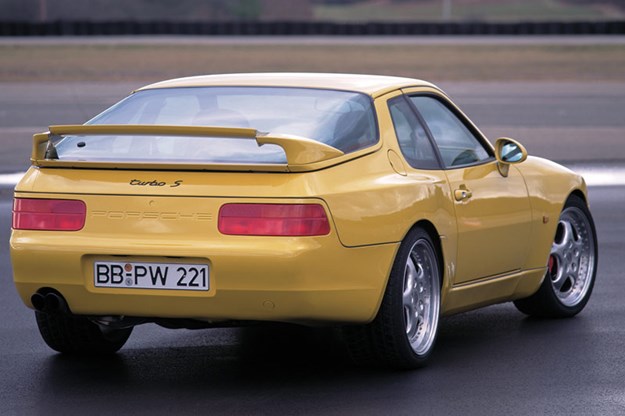
BUYER'S CHECKLIST
Body & chassis
Zinc treated panels and body structure helped make the 944 rust resistant. That was until old age or poor-quality panel repairs allowed moisture to come in contact with bare metal. Look for unevenly faded paint, poor panel fit (especially the rear hatch seal) and dropped doors. Rust if present will appear in wheel-arches and window surrounds, door skins and sills. More serious is damage to the inner sills that can be checked by peeling back the carpet but more effectively on a hoist. Acid can rot the battery tray and surrounding metal, letting water into the cabin, so check for damp carpets. Ensure that the hideaway lights activate quickly and the top in Cabrios can be raised and lowered without noise or shuddering from the mechanism.
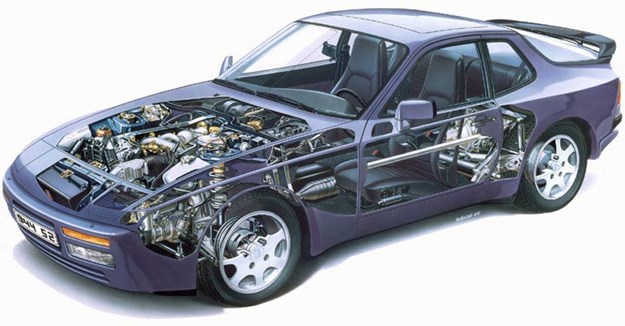
Engine & transmission
Four-cylinder Porsche motors are durable and will deliver 200,000 kilometres or more providing service schedules are observed. Turbo cars must come with detailed service history; probably including a new turbocharger during the past 60,000 kilometres and oil changes every 5000 kilometres. Make sure cam and balance-shaft belt replacements have been carried out as specified. The gearbox is unlikely to give problems but play or rattling from the gear-lever suggests linkages running from the rear-mounted transmission require rebushing. A clutch cable kept in the car is worthwhile as they are prone to failure and not something the local spares shop will stock.
Suspension & brakes
Cars like the 944 can suffer neglect if they fall into the hands of people who can fund the purchase price but then can’t fund proper maintenance. Worn suspension and steering rack bushes create clunks and steering looseness but are relatively cheap to replace. Likewise front struts which will cause the nose to float on undulating roads. Uprating the suspension early in your term of ownership will sharpen response and also save some money because the tyres won’t chop out due to poor alignment. The front brakes on early cars were renowned for rapid wear but quality rotor replacements cost $350 per pair.
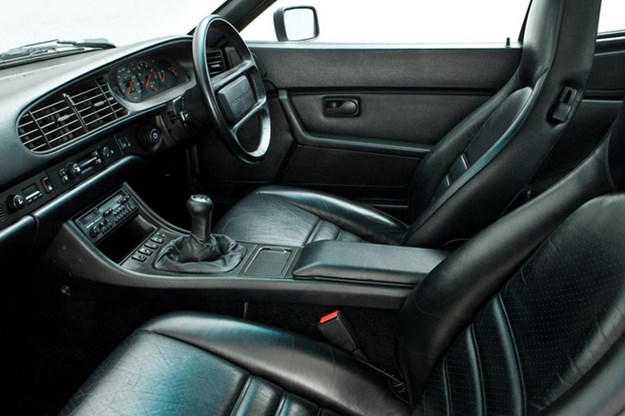
Interior & electrics
Cheap 944s are likely to be showing interior deterioration. Check around the sunroof which after 30+ years could be in need of removal and refitting. However, virtually everything inside a 944 is available, including seat and carpet retrim kits. Switches and other hardware are mostly VW parts and should be available new or even second-hand at sensible money. Check the steering wheel for cracks between the rim and spokes. Trim in open-top cars can suffer various ailments including faded fabrics and brittle, sun-damaged plastics. Starter motor wiring needs close inspection as it runs close to the exhaust system and can lose insulation as a result.
1982-1995 Porsche 944/968 specs
NUMBER BUILT: 141,000 (944 & 944S), 25,245 (944T)
BODY: all steel integrated body/chassis two-door coupe & convertible
ENGINE: 2497cc, 2688cc or 2990cc overhead camshaft four-cylinder with fuel injection and optional turbocharger
POWER & TORQUE: 141kW @ 6000rpm, 230Nm @ 4300rpm
PERFORMANCE:
0-100km/h 8.1 seconds, 0-400m 15.8 seconds (944S manual)
TRANSMISSION: five-speed manual, three-speed automatic
SUSPENSION: Independent with MacPherson struts, coil springs and wishbones, anti-roll bar (f) Independent with semi-trailing arms, transverse torsion bars, telescopic shock absorbers and anti-roll bar (r)
BRAKES: disc (f) disc (r) power assisted (ABS on some)
TYRES: 205/55VR15
Unique Cars magazine Value Guides
Sell your car for free right here
Get your monthly fix of news, reviews and stories on the greatest cars and minds in the automotive world.
Subscribe

.jpg)









